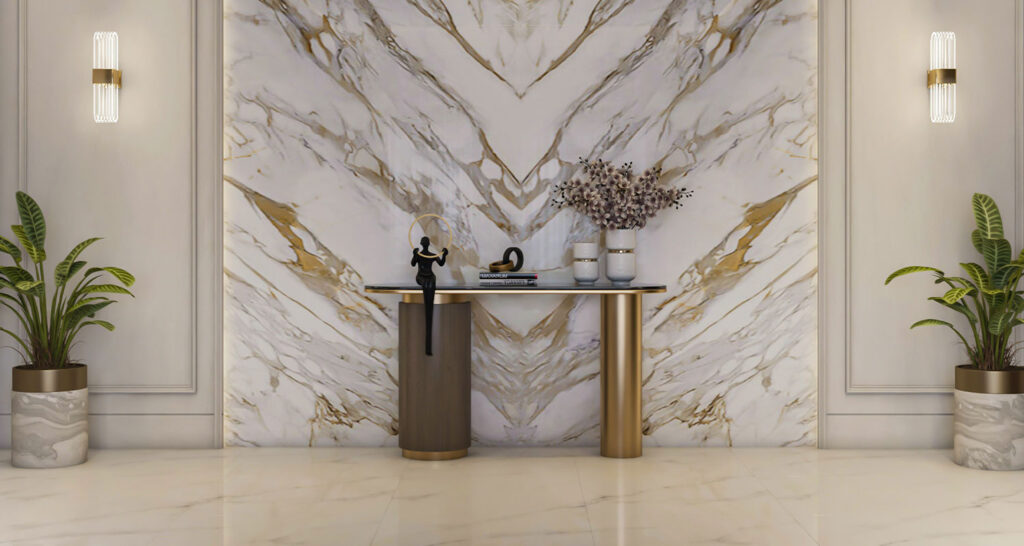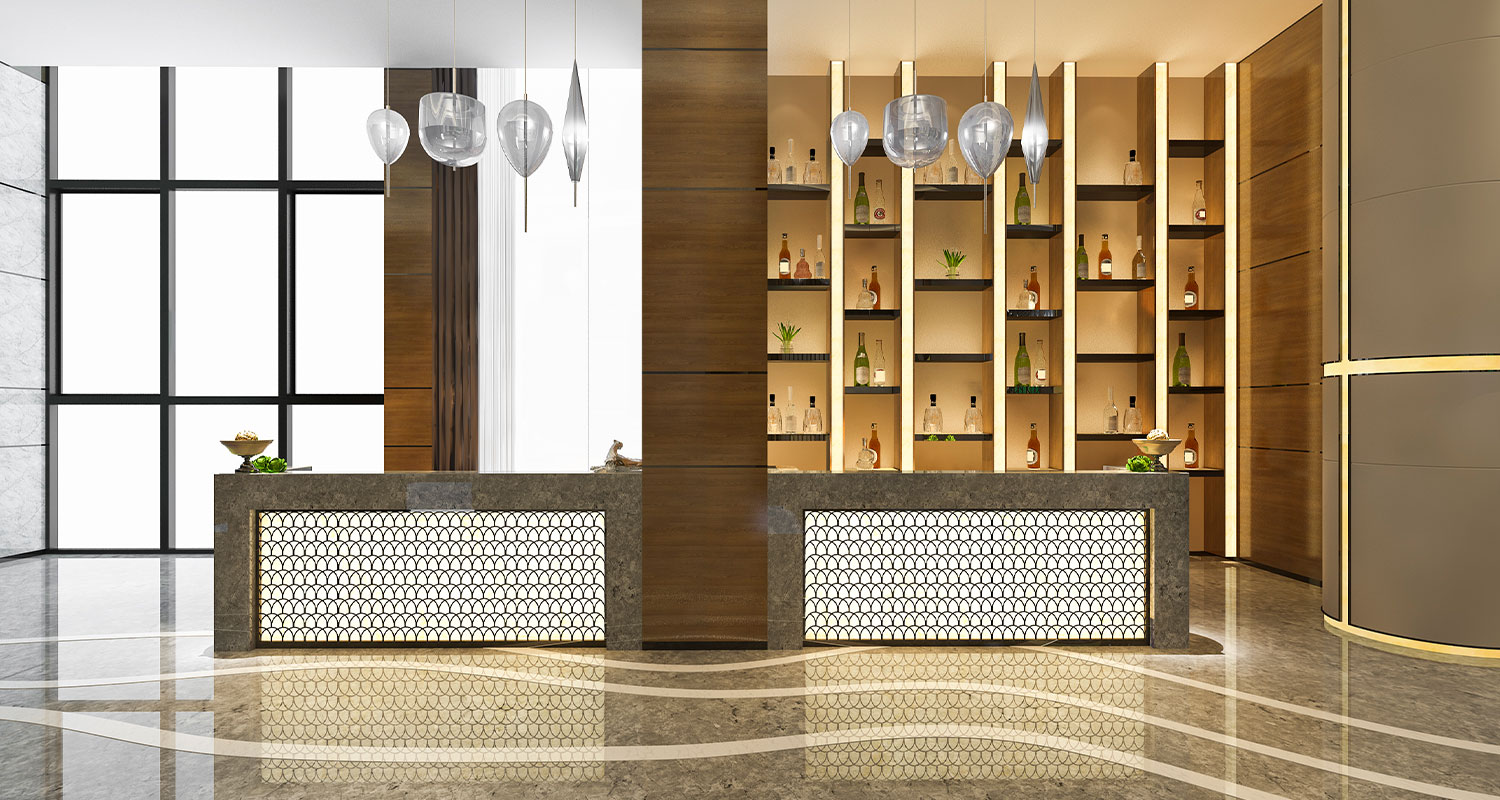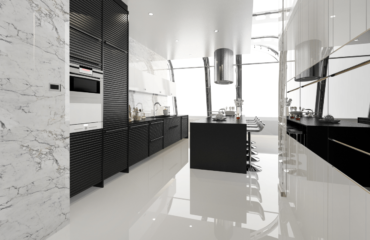Who does not love tiles? Their impeccable blend of beauty and functionality has made them a feature in homes around the world. But while there is no doubt that tiles have been a cornerstone of home design for centuries, choosing the one for a home isn’t any easier. Just go to the best tiles store in Delhi, and there are a plethora of options that will leave you scratching your head.
However, in the sea of varieties in the market, two names constantly echo – porcelain and ceramic.
Both of these tiles are revered for their unique qualities, but which one is right for you? This is what we will try to answer here. So, fasten your belts and dive in.
Porcelain vs. Ceramic: Making The Correct Choice
History Behind
Before we go into the more crucial factors that will help you make your choice, let’s journey back in time for a better understanding of their storied past.
Ceramic tiles have ancient roots, harking back to the ancient civilizations of Egypt, the Indus Valley, and even Mesopotamia. Renowned for their durability and beauty, the ceramic tiles were used for all sorts of purposes, especially in sacred places of worship.
Now, for the history of porcelain, one needs to travel to the other side of the world – to ancient China. This tile has been celebrated for centuries for its delicate translucence and exquisite craftsmanship.
Physical Characteristics
Now, with the history of the tiles out of the way, we can focus on the more important factors that will help you make your choice. And we start with the physical characteristics of these tiles.
The physical attributes of the tiles play a pivotal role. After all, this is what ultimately determines the tile’s longevity, appearance, and sustainability. Here’s a comparative breakdown of porcelain and ceramic tiles to guide your decision:
Density and Porosity
- Ceramic tiles are less dense and more porous. This makes them slightly more susceptible to moisture and water penetration.
- Porcelain tiles are denser and less porous – mainly due to the refined clay mixture and firing at higher temperatures. This also makes them more resistant to moisture and staining.
Hardness and Durability
- Ceramic tiles are softer and might be more prone to chipping or cracking.
- Porcelain tiles are known for their exceptional hardness. This makes them more resistant to wear and tear.
Texture and Finish
- Ceramic tiles are excellent in providing a handcrafted and rustic appearance, especially in hand-painted or artisanal collections.
- Porcelain tiles offer a smoother and more refined texture, especially in polished variants.
Aesthetics Differences
Tiles are not just about durability – at least not anymore. They are about making a statement, leaving an impression, and making it hard for one to take their eyes off of them. Aesthetically, both porcelain and ceramic tiles open a world of possibilities. Here is a closer look:
Look & Finish
- Ceramic tiles are often associated with a more rustic, earthly look. The finish of these tiles can range from matter to low sheen, perfectly capturing an artisan charm.
- Porcelain tiles can easily mirror the aesthetics of various materials like wood, stone, or even marble – one reason why they are so popular. One can easily find finishes ranging from matte to high-gloss and more.
Design Variety
- Ceramic tiles offer a broad palette of colors, patterns, and custom designs to their users. This is because of their adaptability to hand-painting and craftwork.
- The strength of the porcelain tiles lies in their ability to replicate other materials, with none being the wiser.
Unique Design Opportunities
- Ceramic tiles are perfect for feature walls, backsplashes, or areas where a splash of art or color will elevate the space. Their adaptability allows for unique design solutions.
- Porcelain tiles are ideal for flooring in high-traffic areas, luxury areas, or spaces where continuity between indoor and outdoor is required.

Maintenance & Longevity
When you are investing in a tile – and it is an investment – you must also look beyond its aesthetics. Understanding their maintenance needs and longevity will help you make a wise choice that is sure to bring fruitful results.
Maintenance
- Ceramic tiles, especially glazed ones, are quite easy to clean. Regular sweeping combined with occasional mopping using a mild cleaning solution will keep them sparkling.
- Porcelain tiles require minimal upkeep. One only needs to do regular sweeping or vacuuming to prevent grit and dirt from scratching the surface.
Lifespan
- In simplest words, ceramic tiles are durable; however, their lifespan tends to be shorter than porcelain. These tiles, with proper upkeep, last around 20 to 30 years.
- Porcelain tiles are known for their long lifespan, often exceeding 50 years in residential settings.
Conclusion
The debate between ceramic tiles and porcelain tiles has been ongoing for centuries now – with no clear winner. So, the only way you can make the right choice is by assessing your requirements and the characteristics of both of these tiles. And once you have decided, Antica Ceramica – the best place to buy tiles in Delhi, awaits you with a rich assortment of both porcelain and ceramic tiles, ensuring your home reflects your vision.









